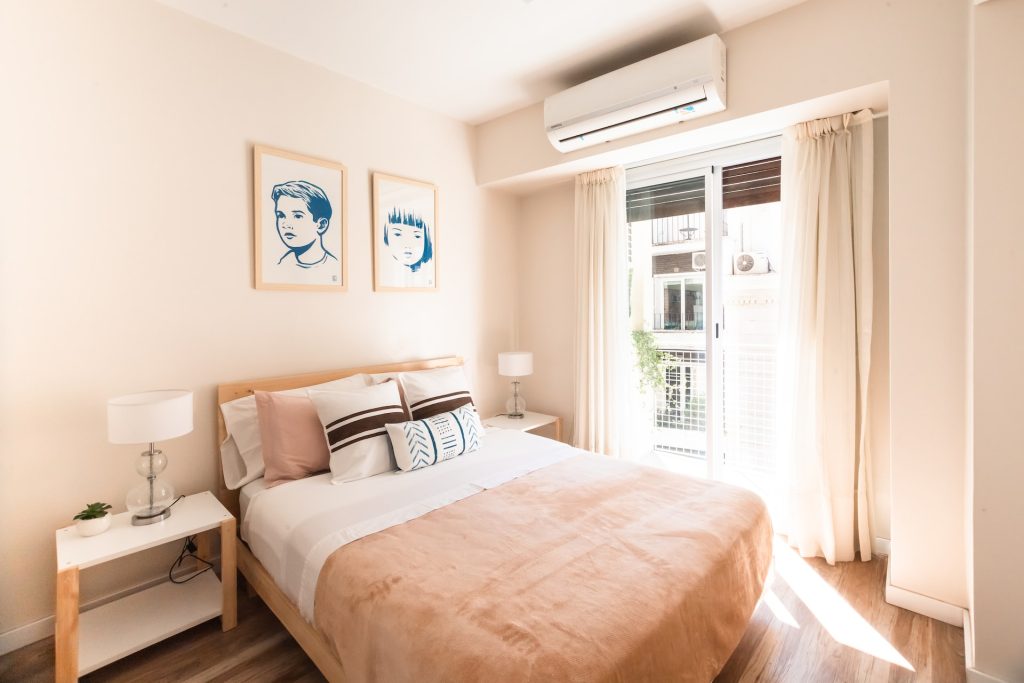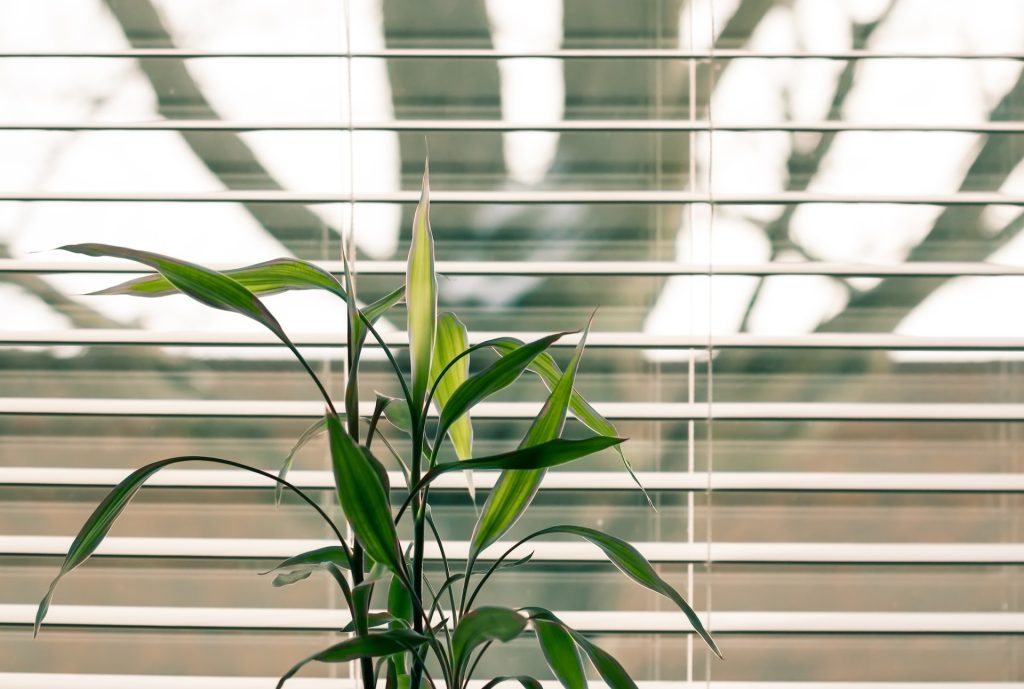Roller Shades for Office Windows

Keeping an office functional requires many considerations. In the modern era, one such consideration is lighting control. Maybe 80 years ago, more light was a better thing. It would have made it easier to see that paper you’re hunched over. However, these days, we’ve all got computer screens – and those are no friend to sunlight. Here are some reasons why roller shades are the right choice for office windows.
Clean, Sleek Look
Roller shades have a lot of benefits, visually. First and foremost, they have a very clean, sleek appearance to them. Their simplistic design fits well in an office space. If your office aesthetic is utilitarian, they fit right in. If it’s not, well, they don’t distract from whatever fabulous decor you have displayed. They’re a great, no-nonsense look for any office.
Plus, a simply design like roller shades for office windows is great at preventing distraction as well as light leaking. They completely block out what’s going on outside when closed.
If you incorporate side channels, not even the very edges can give way to the afternoon sun. That can make all the difference in employee focus. After all, slatted blinds have holes in them for their ladder strings. Even one of those tiny holes can put a bright sunspot right in the middle of someone’s computer screen. Roller shades remove that risk completely.
Blackout and Screen
Blackout roller shades are the perfect choice if you want to banish sunlight for good – at least when the blinds are down. Pairing them with side channels and lowering them completely is like removing the window. However, if you’re not aiming to remove all of the sunlight, we’ve got another option.
Roller screens come with all of the simplicity of design that blackout shades do, but without the sun-banishing effect. Roller screens, instead, filter light. This prevents direct sunlight from getting inside and, instead, offers an ambient glow. If you work in an office that thrives on a bright, airy space, this is a great solution.
Corporate or Home Office
Roller shades are great for office windows in corporate buildings or in home offices. All of the benefits are present in both spaces. However, something extra to consider for home offices is that these shades are easy to clean and offer privacy as well. Roller screens are possible to see outside through, but prevent others from looking back in. These one-way screens are perfect for enjoying the view without screen glare or nosy neighbors looking back at you.
Buying in Bulk From Domir
If you’re shopping for blinds for a corporate office, you have the added benefit of saving a lot of money from ordering bulk. Domir Blinds isn’t a retailer; we’re the manufacturer. That means you don’t have to pay all of that extra overhead retailers tack on to pay their employees. With us, you get the lowest possible prices for our products. Ready to outfit an entire office building? Give us a call and we can get started on your order.



